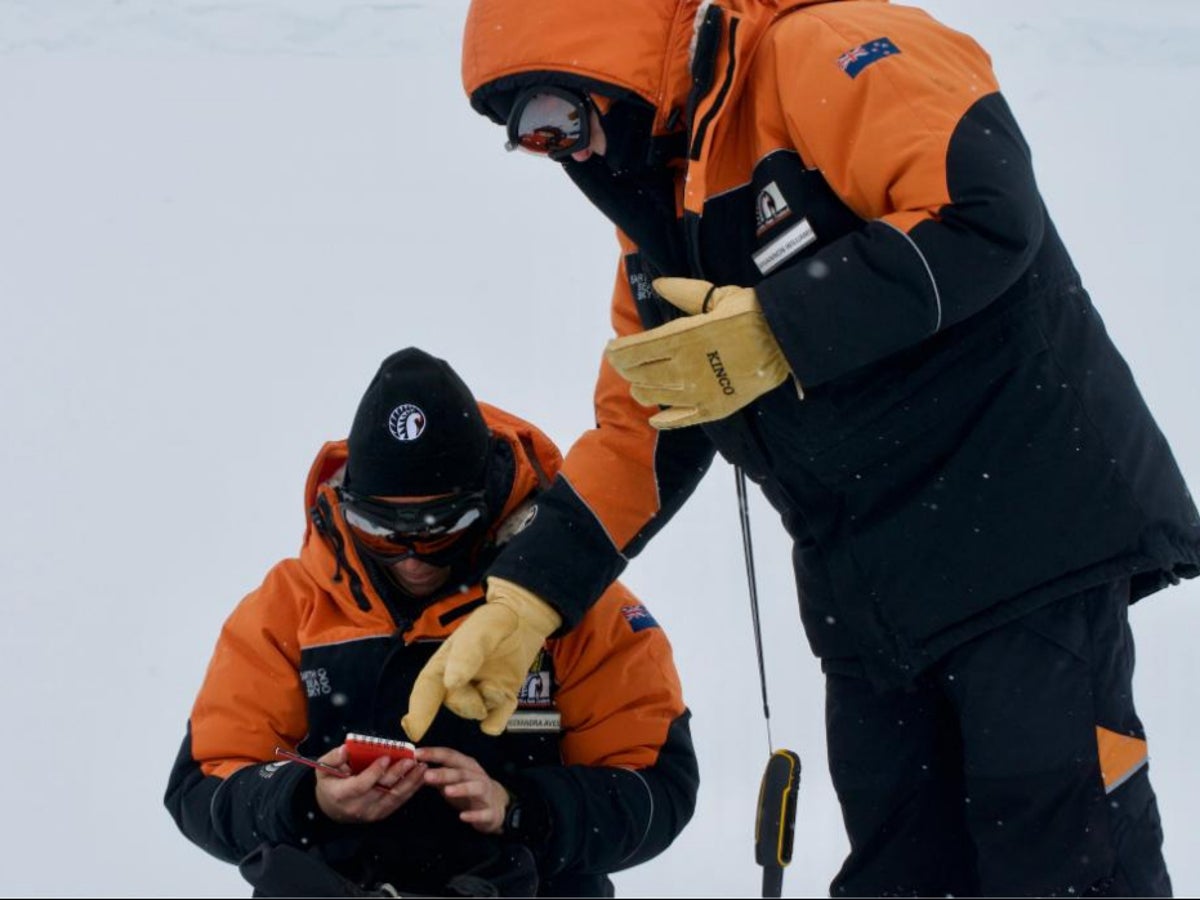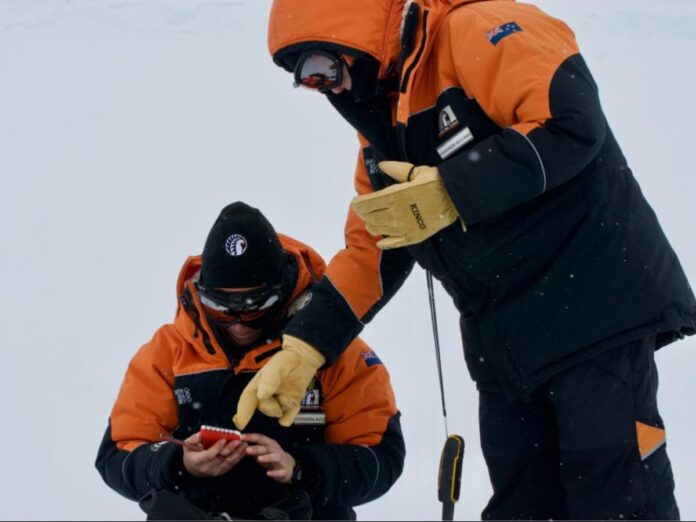[ad_1]

Scientists in New Zealand have found the first evidence of microplastics in freshly fallen Antarctic snow.
The research team said the discovery highlights the inaccuracy of thinking of the Antarctic as a “pristine” place untouched by humans, and instead suggests the presence of plastics represents a “serious threat to the Antarctic”.
The scientists from the University of Canterbury, said the microplastics they found could have negative impacts on environmental health, such as limiting growth, reproduction, and general biological functions in organisms, and said they also had negative implications for humans.
“On a wider scale, the presence of microplastic particles in the air has the potential to influence the climate by accelerating melting of snow and ice,” the team said.
University of Canterbury PhD student Alex Aves collected the snow samples from the Ross Ice Shelf in Antarctica in late 2019.
“When Alex travelled to Antarctica in 2019, we were optimistic that she wouldn’t find any microplastics in such a pristine and remote location,” said associate professor in environmental physics Dr Laura Revell.
In addition to visiting more remote sites, “we asked her to collect snow off the Scott Base and McMurdo Station roadways, so she’d have at least some microplastics to study”.
But back in the lab, the researchers said it quickly became obvious there were plastic particles in every sample from the remote sites on the Ross Ice Shelf too, and that the findings would be of global significance.
Ms Aves said she was shocked by her findings.
“It’s incredibly sad but finding microplastics in fresh Antarctic snow highlights the extent of plastic pollution into even the most remote regions of the world,” she said.
“We collected snow samples from 19 sites across the Ross Island region of Antarctica and found microplastics in all of these.”
Dr Revell said: “Looking back now, I’m not at all surprised. From the studies published in the last few years we’ve learned that everywhere we look for airborne microplastics, we find them.”
The team found an average of 29 microplastic particles per litre of melted snow, which is higher than marine concentrations reported previously from the surrounding Ross Sea and in Antarctic sea ice.
But in the areas immediately next to the scientific bases on Ross Island, Scott Base, and McMurdo Station, Antarctica’s largest research station, the density of microplastics was almost three times higher, with similar concentrations to those found in Italian glacier debris.
In total 13 different types of plastic were found, with the most common being PET, commonly used to make soft drink bottles and clothing.
The researchers said that atmospheric modelling could have carried some of the plastic particles thousands of kilometres through the air to Antarctica, but also said that the presence of humans on the continent would likely have created a “microplastic footprint”.
Antarctica New Zealand environmental advisor Natasha Gardiner has described the research as being “of huge value”.
“Alex and her colleagues’ research enables Antarctic Treaty Parties to make evidence-based decisions regarding the urgent need to reduce plastic pollution in the future. It improves our understanding of the extent of plastic pollution near to Scott Base and where it’s coming from.
“We can use this information to reduce plastic pollution at its source and inform our broader environmental management practices.”
The research is published in the journal The Cryosphere.
[ad_2]
Source link















